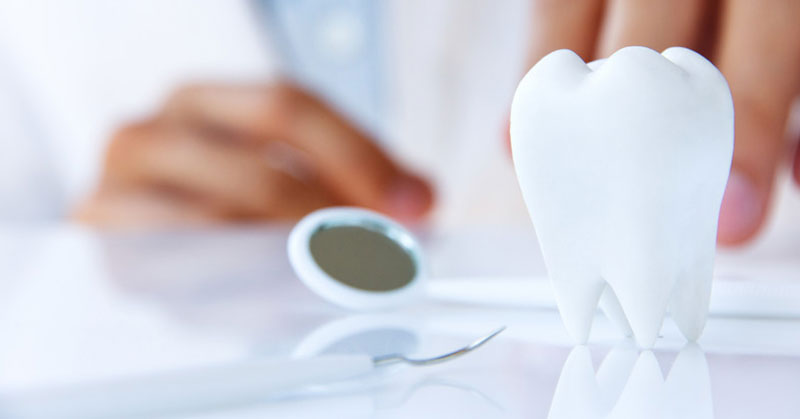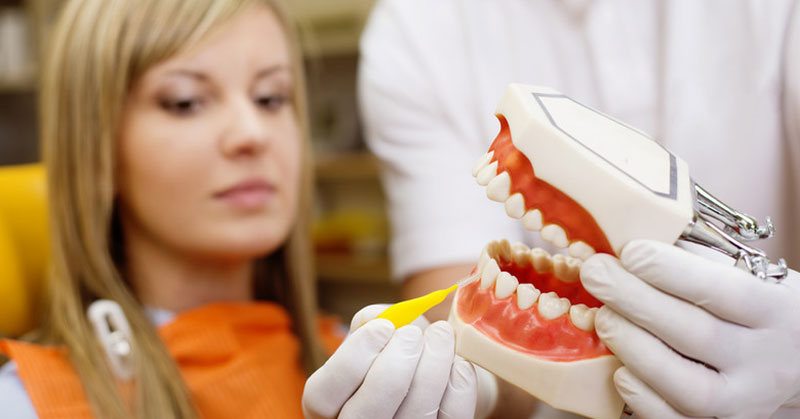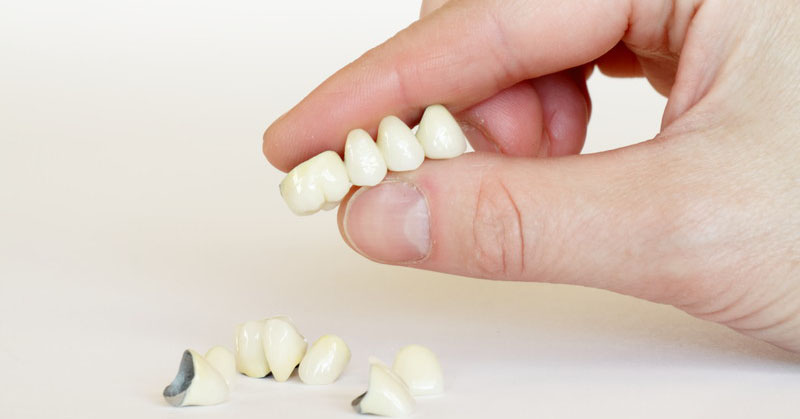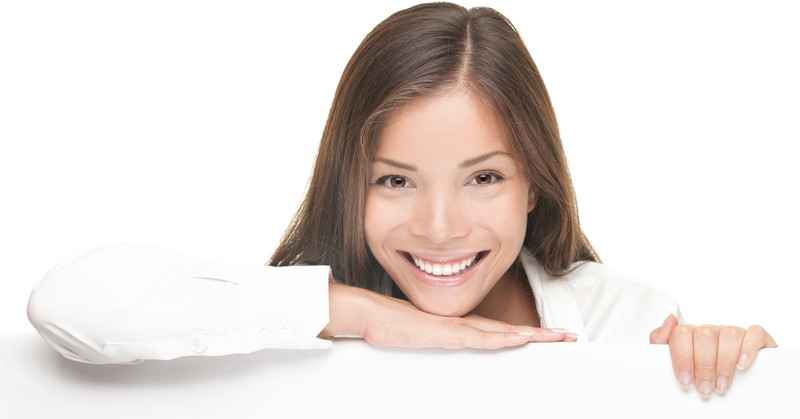Most of us thoroughly enjoy the act of eating, especially with the wide variety of food and beverage choices available to modern man. Unfortunately, our favorite comestibles can feed bacteria in the mouth, leave film and food particulates on teeth and under the gum line, and result in unsightly and harmful tartar and plaque buildup over time.
Naturally, you can combat this with a proper oral health routine that includes regular brushing, flossing, and rinsing with mouthwash, as well as frequent dental visits for professional cleaning and care. What if you can’t brush after every meal? What can you do to keep your mouth clean in between meals? Here are a few strategies to try.
1. Drink water
If you find that there are points during the day when you’re unable to brush, floss, and rinse after eating, a good rule of thumb is to sip some water. Your saliva does a lot to flush away leftover food particles, but you can supplement with water to swish and rinse away bacteria and remaining food particles.
2. Avoid sugary snacks
When the mid-afternoon doldrums hit, it’s tempting to reach for a soda, cookies, or candy to give you a boost. This can be bad for your body and your teeth. Not only will sugar cause you to crash after the initial energy boost, but letting sugar sit on your teeth can weaken enamel and feed bacteria, leading to tooth decay over time.
Instead, chew on some crunchy vegetables like carrots, celery, or broccoli, for example, or even an apple. These snacks are not only great for your overall health, but they can also help to scrape away any film on your teeth left over from lunch.
3. Chew sugar-free gum
If you want to get your saliva flowing as a way to flush away leftover food, chewing gum is one way to stimulate saliva, as well as grab food particles stuck in the grooves of your molars. Just make sure to choose a sugar-free option to avoid doing more harm than good.
4. Carry floss picks
You may not have room in your pockets or purse for all of your oral hygiene gear (toothbrush, toothpaste, floss, and mouthwash), but you can fit in a few tiny floss picks anywhere. All you have to do is pop in a restroom to floss and pick between teeth and around the gum line, ensuring your teeth remain clean and healthy between meals and regular dental care.





















